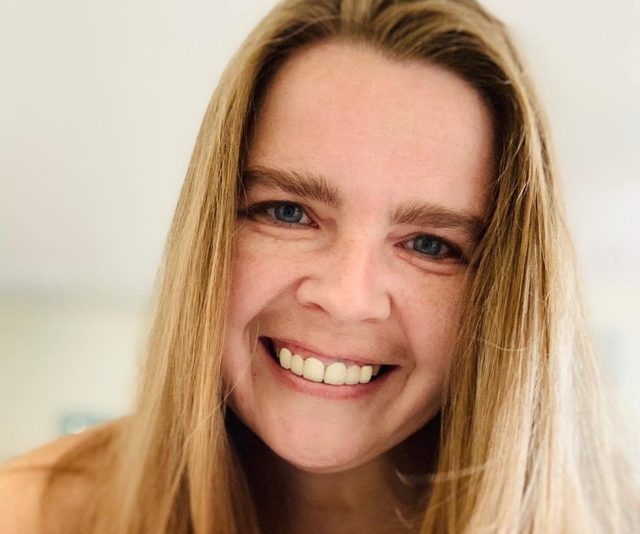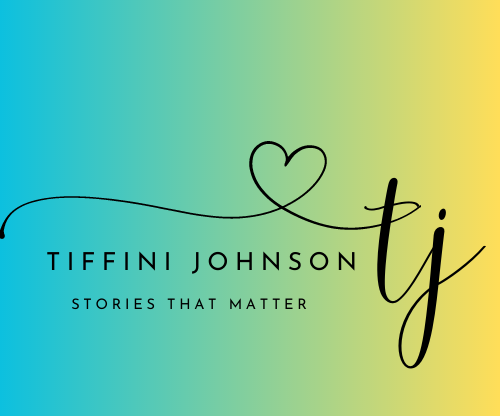Interview with the Author of Taramul Viselor

Thank you to local author, Michael Gregory, for being an advance reader and for inviting me in for an interview of Taramul Viselor. There are several excerpts under its page, and you can purchase directly from this site for a small gift!
My first impression after reading the book was the amount of research that was evident throughout. Can you talk to me about the research that you undertook?
My initial idea for the book didn’t involve the mothers much. I was really more interested in the condition of the state homes, so that’s where I started. I found and reached out to two different people who had survived the homes–one was in the mid-level home where she received some proper care. The other one was deemed incurable and spent the first seven years in the worst of the worst. While abuse was present in both cases, it was exaggerated and rampant in the second case because the children there weren’t expected to have the intellectual ability to become productive Roman workers. They, then, were basically forgotten. I dived deeper than the interviews and watched videos, read books and learned about the shortages, the caregivers who were understaffed, underequipped and under trained to care for disabled children. My heart broke. I decided to write one flashback per child showing their biological homes, and how they wound up being abandoned in the first place. That first mother was Claudia and, by the time I finished her chapter, I wanted to know more. That necessitated more research into the daily lives of typical Romanian women. The more I learned, the more I wanted to tell.
What was it about Claudia that inspired you?
Claudia and I are very different people, and I didn’t expect to feel sympathy for her. She didn’t want to be a mother, she was an outspoken feminist, and she abandoned her child. That’s initially all I knew of her. But, as I wrote her voice, something drew me in. I didn’t agree with her choices, but she was a young girl who dreamed of becoming a doctor. She loved her parents and she wanted to be good… but no matter what she did, she couldn’t seem to fit in. I felt that in my bones. I tried to imagine how hard it would have been to go to work every day, proud that you had a job, but knowing that you had to go through a gynecological exam, at work, so that the State would know, usually before you did, that you were pregnant. Once determined, they followed you and made sure that you didn’t have an illegal abortion. For healthy women of childbearing age in Communist Romania, not becoming a mother was tantamount to mutiny of your country; it was a sign of rebellion, of anti-Communist and anti-Ceausesu behavior. You might be targeted and the Securitate might start a file on you, looking for other ways you weren’t supporting the State. Ultimately, Claudia had a passion for life, for education, and, while I didn’t agree with her on virtually anything, the oppression she felt made me sad.
There are a lot of sensitive, and timely, topics within the story. What are a few of the ones that made the most impact on you as the author?
Caring and advocating for abused children remains my number one priority. It is my passion and it is something that cannot be talked about enough. From 1986-1991, between 10 and 15 thousand children died from treatable, preventable causes as a direct result of the abuse from the State. They died of things like anemia, starvation, cataracts. In total, nearly half a million — 500,000 — children are estimated to have been raised in orphanages. Of these, thousands were routinely raped. Thousands were infected with HIV when caregivers used unsterilized needles to forcibly sedate children. Children weren’t always clothed, so they were naked when power was shut off, which meant they froze. And, in the end, too many became street kids, addicted to drugs, unable to get or hold a job or find proper shelter. These kids were literally thrown away. In addition to highlighting the crimes against the children, though, topics like abortion, freedom of speech, government oversight as the Securitate would plant microphones in your home to try and catch you saying something against the State, domestic violence, education, and more are all part of the story. Ceausesu’s systematization and austerity programs are enough to break your heart. Overall, the story is about a government suppressing the rights — nearly all of them — of its population and the devastating consequences that can have.
I was struck by the children. Each of them are so different. Did you have a favorite?
Not a favorite, no. Like you said, each of the four are very unique, and I enjoyed different things about each of them. Alina is a unique character. She’s sightless, blind, and she relies on her brother. There are several instances where the reader can see she’s a little frightened and Auner is the first one she calls for. By the same token, though, there’s this pull to be separated from him, to be her own person. The desire to be normal is what I really think Alina feels most strongly: to her, normal means independent. I didn’t always really like Alina because she just didn’t always seem as giving as the others, and yet I think she really shows a true little girl’s relationship with her brother. I related much more to Alizabet, and her love of storytelling, her need for safety, and her deep thinking. Her coping mechanisms of counting, of being in control by understanding everything around her (she knew the kids’ numbers and their names) are classic signs of sexual abuse in children; she hurt my heart. Ekko’s anger and need for revenge is something I think a lot of people can relate to. Ekko is unique because he had lived alone, in the woods, for a time. But Ekko wouldn’t have made it without the others. He gave good balance to Auner’s charm and ability to thieve. Together the kids’ needs and experiences create a full picture of a human heart.
You talk about childhood sexual abuse being a topic close to your heart and something you work hard to combat. How much of your trauma is in your books — is any of it in this one?
The short answer is yes. Obviously, I did not grow up in the orphan’s home or Romania during the Communist rule. I’ve been very blessed to live in a land where personal freedoms are highly valued and protected. So, all of the Romania details are research based, but created from my imagination. But there are scenes of sexual abuse that I experienced, and I usually keep those as close to my real memories as possible. If I try to alter them, I feel I’m cheating. Making myself vulnerable is the only way to raise awareness and to help break the stigma. If we don’t address the shame and the sadness and the darkness, it’ll fester and infect every aspect of our life. I can’t talk about it one-on-one easily, but I can write about it and, when I write about it, it allows me to come a little closer to a fuller, more complete, healing. Also, if it’s in a book, then I’m usually forced to talk about it at some point. And that pushes me closer still to wholeness by inspiring others to say, “Yeah, I get that. It happened to me, too.” There’s a whole lot of healing to be found when you really believe that someone else truly understands the terror you went through.
Other than the fantasy elements, what makes Taramul Viselor so special?
It’s the first time they get to be children. It’s the first time they are all safe. You can’t begin to heal from trauma until you are away from that trauma. As long as they were in the orphan’s home, they were trapped in survival mode. Ekko likely would have eventually blown up and become violent had he stayed for example. Taramul Viselor was special because it gave them a taste of safety which allowed them to play, to use their creativity, to focus on something other than being hungry and avoiding danger. Taramul Viselor was special because, once you have a taste of what could be, it is easier to chase and cling to hope. Hope for healing, hope for joy, hope for tomorrow.
Is that why the children’s deformities are healed while they are in Taramul Viselor? As a physical representation of the hope for healing that comes with being safe?
Yes.
The end of the book has a plot twist – what was the purpose of that twist?
So, I didn’t intend for that to happen. None of my other books have a plot twist. I was writing the second to last chapter when an event happened with one of the boys that I didn’t anticipate. I actually deleted it at first because I thought, what? Still unsure, I ultimately left it and moved on. Then, one day, between the two chapters, the idea for the twist randomly popped into my head. My initial reaction, again, was what? before I started trying to think through what it would mean for the book as a whole. I wasn’t in love with it at first but, unintentionally, everything had aligned to make this work. It also made sense given the importance of fables and stories throughout the book, and it was a way for me to say that, ultimately, hope wins.
How long did the book take you to write?
The Storyteller was published in October 2021. I took the rest of that year off from writing, mainly because I didn’t have a concept for this book yet. I started writing in February 2022, so it took right at a year to research and writ this story.
Do you have something coming down the pipeline?
I focus exclusively on one book at a time and I usually take a couple of months off writing after publishing one. That gives me time to really focus on speaking about the book, getting it into bookstores and, also, to decompress. I am in a state of emotional intensity while I am writing and everything matters. Many of my books have all sorts of memories for me that are hard to handle, so I take a few months to let go of the current characters and wait on another. That being said, I actually do know at least the fundamental question that the next book will try to answer: what would you sacrifice for love? I’d love to have it out late 2024 or early 2025. Between now and then, though, there’s a collection of 11 published books and I maintain an active blog where readers can learn more about me at tiffinijohnson.com
Where can readers buy Taramul Viselor or any of your other works?
They can actually buy directly from my blog! On the navigation menu, they’ll see a page for each book. The lead page will offer a summary of the book and allow them to purchase directly from me. If they purchase from me, I have shipping costs and taxes built into the rate, and I always send something extra along with the book! For Taramul Viselor, they can purchase the paperback here , at Amazon or by request at any of their favorite retailers.
